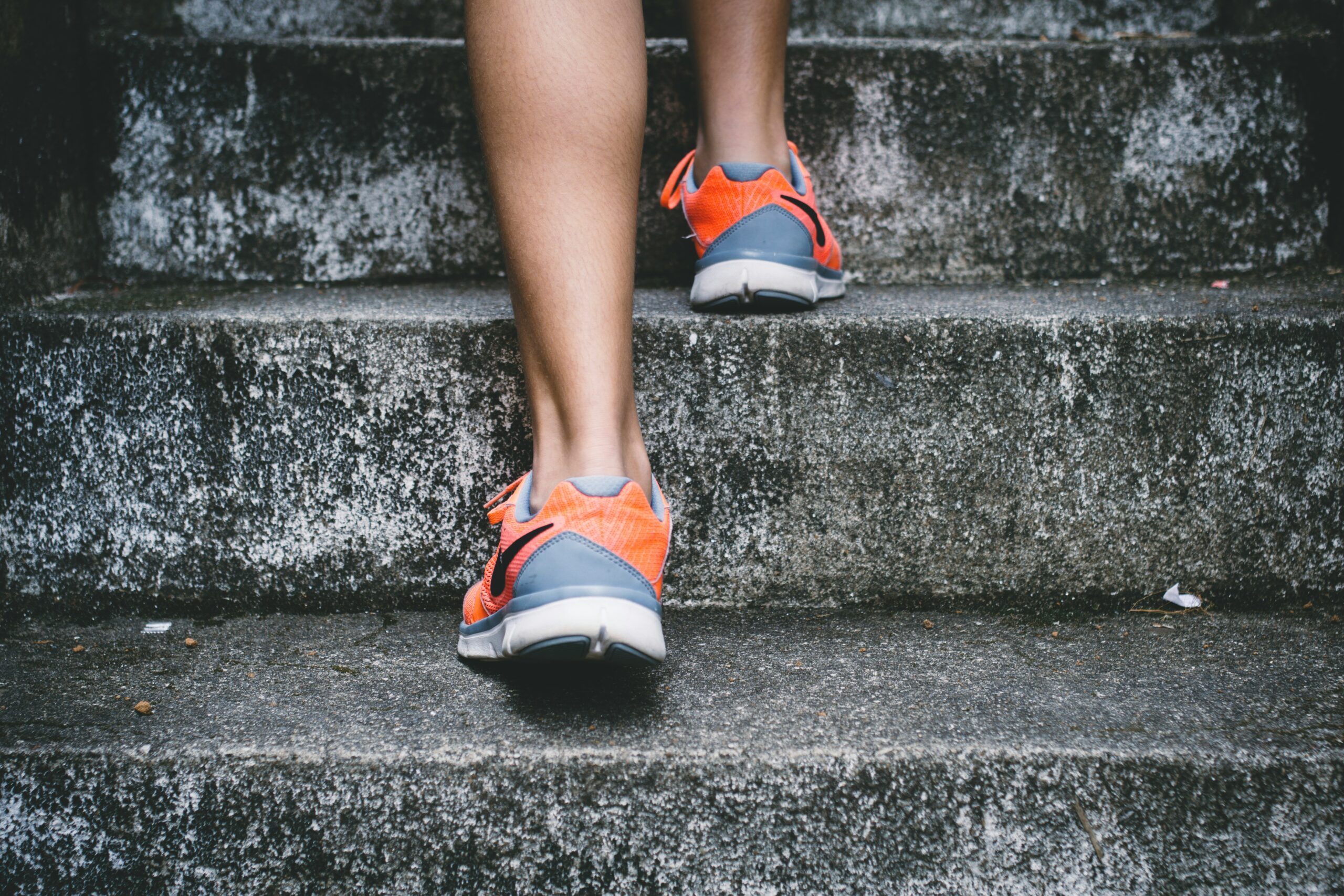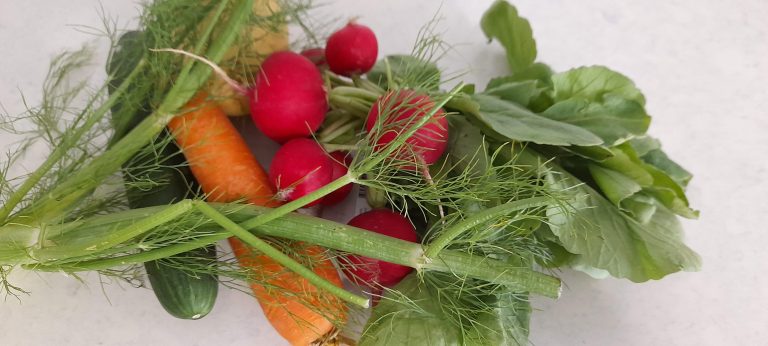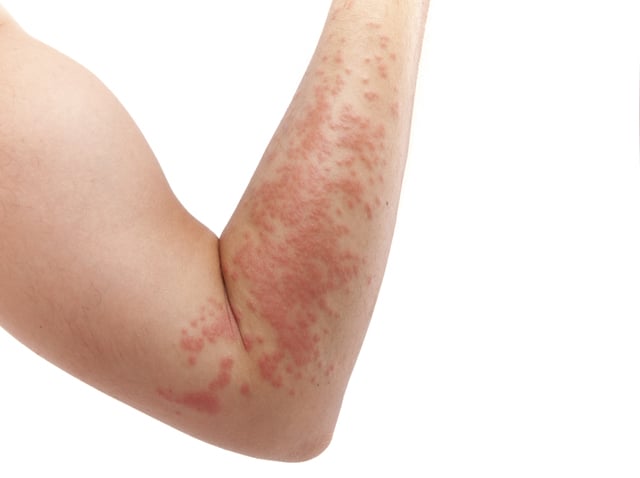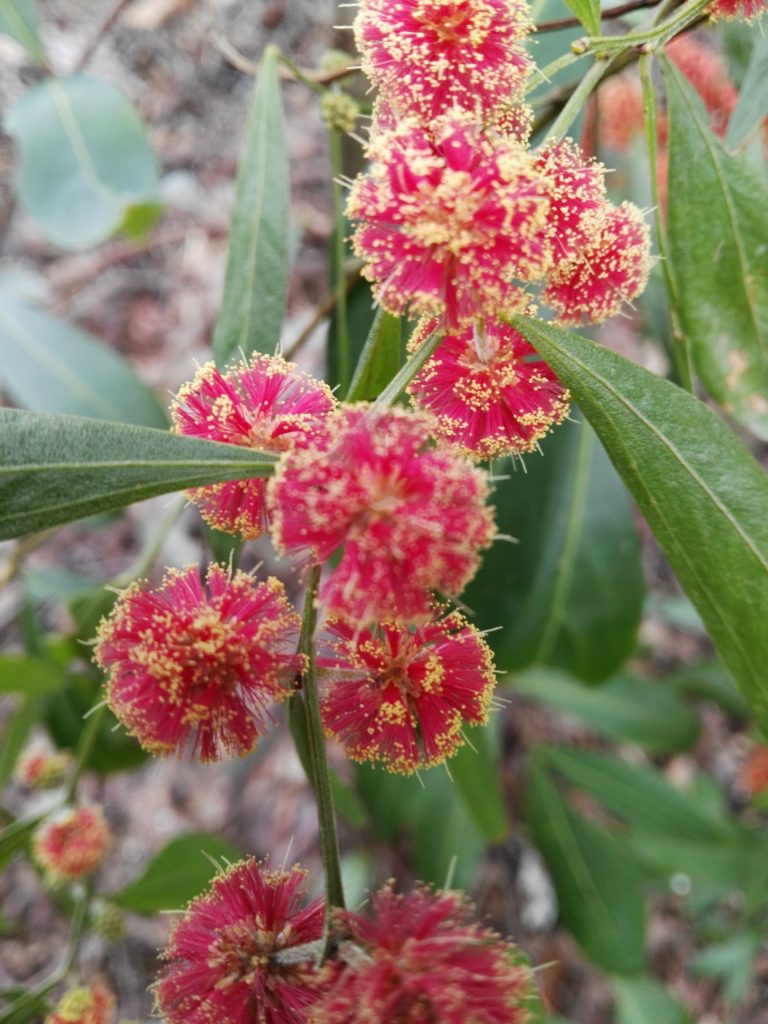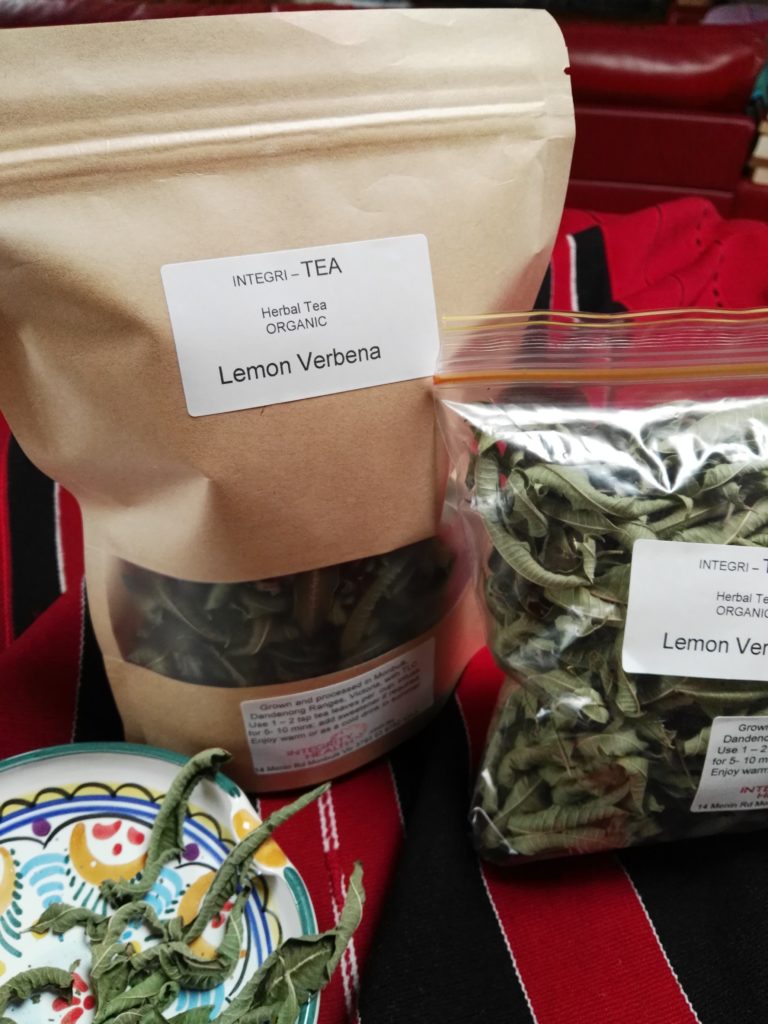Dealing better with the silent threat of Osteoporosis
What you can do today to minimise your risk and maximise your bone density and bone strength
Osteoporosis is a condition that’s characterized by weakened bones. It affects millions of people worldwide. As we age, the density and strength of our bones naturally decline, making them more susceptible to fractures and breaks.
What many people don’t know (until too late) is that it comes with a lot of aches and pains as well as mobility impacts and bone fractures.
While conventional treatments like medications are commonly used, a range of complementary therapies can play a significant role in both preventing and managing osteoporosis.
In this post, I’m going to share a variety of complementary approaches that can support bone health and overall well-being – approaches that many people don’t know exist.
Understanding Osteoporosis and its silent symptoms
It’s often called a “silent disease” because it progresses without symptoms until a fracture occurs. The bones become porous and fragile, increasing the risk of fractures, especially in the hip, spine, and wrist.
Most people know it has increased fracture risk, however more insidious symptoms may be back pain, stooped posture, loss of height, protruding abdomen. Getting these symptoms checked can save a whole lot of grief later on.
You may not have osteoporosis YET, but it’s worth talking to your doctor about Osteopenia.
OSTEOPENIA is the precursor to Osteoporosis. It can be measured using an X-Ray called a DEXA scan. The most accurate places to measure are the head of your femur (hip bone) and the lower spinal vertebrae.
This should be measured every 2 – 5 years in someone with osteopenia – to see where you’re at in the process. I also often recommend a blood test called CTx – because it’s less invasive. It can give you an idea of your bone turnover in between X-Rays and help measure your progress with the therapies you choose.
Why do people get osteoporosis?
Factors such as age, genetics, hormonal changes, and lifestyle habits contribute to osteoporosis. Women are particularly at risk, especially after menopause when oestrogen levels drop. However, men can also develop osteoporosis, though it’s usually later in life.
People reach their peak or highest bone mass in their mid to late 20’s – then it starts to drop.
Certain underlying disease processes can put you at risk of osteoporosis – things like gastrointestinal disorders causing malabsorption of essential bone nutrients. Many hormonal diseases, cancers, rheumatoid arthritis and chronic obstructive pulmonary disease can also create bone-harming inflammation.
Some medications like chronic use of corticosteroids can speed up the osteoporotic process.
So it’s never too early to build good nutrition habits and incorporate regular weight bearing exercise into your life – especially in childhood. This will produce the strongest bones as a strong foundation for future bone health.
You can still make a difference today
Even if you feel you may have missed out early in life there are still everyday actions you can do to improve your bone density and wellbeing.
Your bones are constantly in a dynamic state of breakdown and build up. This is because your bones are a great reservoir of minerals which are needed to supply the rest of you to keep well. So you have the opportunity to feed your new bone well on a daily basis.
When your body is high is acid or inflammation it cleverly finds ways to dampen this damaging effect. One way is to draw down alkalizing minerals from your bones to keep your blood stream pH in the ‘goldilocks ‘ zone to keep you alive.
You can assist your body to reduce inflammation by:
- using specific herbal medicines;
- eating a whole food diet rich in anti-inflammatory foods; and
- calming your nervous system.
If your gut microbiome is out of balance (dysbiosis) your body may not be able to produce some of the anti-inflammatory compounds it needs for your well-being.
Your gut bugs help you by breaking down food components to be better absorbed such as the beneficial polyphenols. Your good gut bugs also produce anti-inflammatory substances themselves like butyrate which help repair and feed your gut lining cells as well as send healing messages through your nerves to the rest of your body.
A Naturopath can help you assess if this is the case.
Conventional Treatments
These are the sorts of treatment that mainstream medicine offers to help with Osteoporosis:
- Medications: Such as bisphosphonates, hormone-related therapies, and bone-building medications. These all come with risks and often limited time frame recommendations to reduce risks. Check each one out carefully for your situation.
- Nutrition: Ensuring an adequate intake of calcium and vitamin D. Often calcium carbonate is recommended. However, this is one of the least well absorbed calcium supplements available. Other forms of calcium – for example calcium citrate and/or phosphate – are a wiser choice.
- Exercise: Weight-bearing and muscle-strengthening exercises under professional guidance.
- Lifestyle Changes: Quitting smoking, limiting alcohol, and fall prevention strategies.
While these are generally useful, complementary therapies can enhance these efforts and provide a holistic approach to bone health.
Complementary Therapies for Osteoporosis
1. Food and food extracts
A number of surprising foods and food extracts can help with bone health. For example:
Prunes: Conclusions of a 2022 published study: A 50-g daily dose of prunes can prevent loss of total hip BMD (bone mineral density) in postmenopausal women after 6 months, which persisted for 12 months.
Blackcurrant powder 2022 study: “These findings suggest that daily consumption of 784 mg of blackcurrant powder for six months mitigates the risk of postmenopausal bone loss, potentially through enhancing bone formation. Further studies of larger samples with various skeletal conditions are warranted to confirm these findings”.
Soy products: Regular consumption of fermented soy products like tempeh and natto is considered a useful dietary approach to enrich your intake of phyto-oestrogens (see below).
2. Other supplements with growing evidence
Phyto-oestrogen rich herbal medicines and plant derivatives have been shown to be helpful in reversing osteopenia and even osteoporosis. A 2017 study confirmed that genistein (an isoflavonoid extracted from soy beans) over a one year and two year study has benefits, especially when a probiotic was combined with calcium, Vit D and the genistein.
Sadly, this is not currently widely available in Australia, but is one I will be watching for.
Studies are proving the value of some surprising new supplements. In particular:
Reservatrol: One study on this supplement (which is extracted from various plants) can be very useful. It’s findings included:
“Regular supplementation with 75 mg of resveratrol twice daily has the potential to slow bone loss in the lumbar spine and femoral neck, common fracture sites in postmenopausal women without overt osteoporosis”
Resveratrol study
3. Nutritional supplements
These are some of the key nutritional supplements, and some of their natural sources:
- Calcium: Essential for bone health, and it’s best to get it from whole food sources like leafy greens, nuts like almonds and seeds like sesame as tahini. If supplements are needed, calcium citrate is often recommended. Dairy (like milk, cheese and yoghurt) if tolerated can contribute, but not as the main source as they do not contain optimal amounts of magnesium, zinc and other bone building nutrients. A great resource to figure out how much calcium in the foods you eat: https://www.osteoporosis.foundation/educational-hub/topic/calcium-calculator and this one too: https://calciumcalculator.com.au/
- Vitamin D: Helps the body absorb calcium. Sun exposure is a natural source, but supplements are commonly prescribed, especially in regions with limited sunlight. A regular blood test will help understand your requirements.
- Magnesium: This mineral supports bone density and may also improve calcium absorption. Nuts, seeds, green leafy veg and whole grains are good sources.
A range of other nutrients are also required for efficient bone building and replacement including zinc, Vitamin C, Vitamin K2, boron, silica and others. They vary widely based on your diet, any medications, and your specific needs. So it’s important to consult your friendly naturopath.
4. Herbal medicines
Osteoporosis is associated with INFLAMMATION, so herbal medicines that address inflammation may help manage osteoporosis such as Curcumin, Boswellia, Celery seed and Ginger. In fact a 2023 study demonstrated improved Bone Mineral Density by combining ginger and curcumin.
DIGESTIVE herbs help maintain best function of your gut and beneficial microbes. A healthy gut means that you will better absorb all the lovely nutrients you eat that support bone density and strength. Depending on your individual situation, you may benefit from Slippery Elm powder, Licorice root, Marshmallow root or Chen Pi.
Phyto-oestrogens are compounds in plants that to a certain degree, mimic the effect of your in- body made oestrogens. However they have a much weaker effect on your body than synthetic or your body-made oestrogens. Phyto-oestrogens plug into receptors around your body to send signals to enhance your body operations like bone strength, energy levels, alertness and so on.
Some useful herbal medications high in phyto-oestrogens and other compounds supporting bone health: Black cohosh, Shatavari, Red Clover, Kudzu and Rehmannia which all have promising scientific research backing them. They have been used successfully in traditional medicines world wide and now there is a focus on understanding how they may work and how effective they are. So far a review 2024 shows that the modern research trials have been for too short a time in humans to be conclusive. But there’s plenty of ‘traditional use’ evidence to confirm their use.

Black cohosh
While Horsetail has been claimed to be helpful, there are very few studies that support its specific benefits for osteoporosis. While it is rich in silica and may support overall bone health, the European Food Safety Authority recently concluded that there is not enough evidence of its effectiveness in treating osteoporosis.
Always consult with an expert healthcare provider before using herbal remedies, especially if taking medications.
5. Relaxation and other supportive therapies
Acupuncture can help manage pain associated with osteoporosis.
Yoga and Tai Chi are helpful in multiple ways:
- Balance and Posture: Both yoga and Tai Chi focus on balance, flexibility, and strength, which can reduce the risk of falls and fractures.
- Stress Reduction: These practices also promote relaxation, which can be beneficial for bone health.
Massage Therapy also has multiple benefits:
- Pain Relief: Massage can help relieve muscle tension and pain, which are common symptoms of osteoporosis.
- Circulation: Massage improves circulation, which can support bone health and healing.
Mindfulness and Meditation are beneficial, too. They help with:
- Stress Reduction: Chronic stress can affect bone health. Both mindfulness and meditation practices can reduce stress levels.
- Pain Management: Mindfulness techniques can help manage pain perception.
Overall Lifestyle Considerations
In addition to these specific therapies, certain lifestyle changes can greatly impact bone health:
- Regular Exercise: Weight-bearing exercises like walking, jogging, or dancing are beneficial. Strength training also helps build and maintain bone density. Some physios and exercise physiologists now prescribe specific strength exercises for you, the individual to maximise the use of your time on what will best work.
The book ‘Strong Women Stay Young” by Dr Miriam Nelson is a great resource for exercises you can do at home twice per week to make a huge impact on your BMD and overall wellbeing. - Healthy Diet: Focus on fruits, vegetables, whole grains, and lean protein. Avoid excessive salt and caffeine, which can contribute to calcium loss.
- Limit Alcohol: Excessive alcohol consumption can weaken bones.
- Quit Smoking: Smoking has been linked to decreased bone density.
Conclusion
Complementary therapies offer a holistic approach to osteoporosis prevention and management. When used alongside conventional treatments, they can enhance your overall well-being and potentially reduce the risk of fractures.
However, it’s crucial to consult with a well-qualified healthcare provider before starting any new therapies, especially if you’re on medications. Every individual is different. What works for one person may not work for another. Personalized approaches to osteoporosis management are key.
By combining the best of conventional medicine with complementary therapies and healthy lifestyle choices, you can take the lead in maintaining strong, healthy bones throughout your life.

